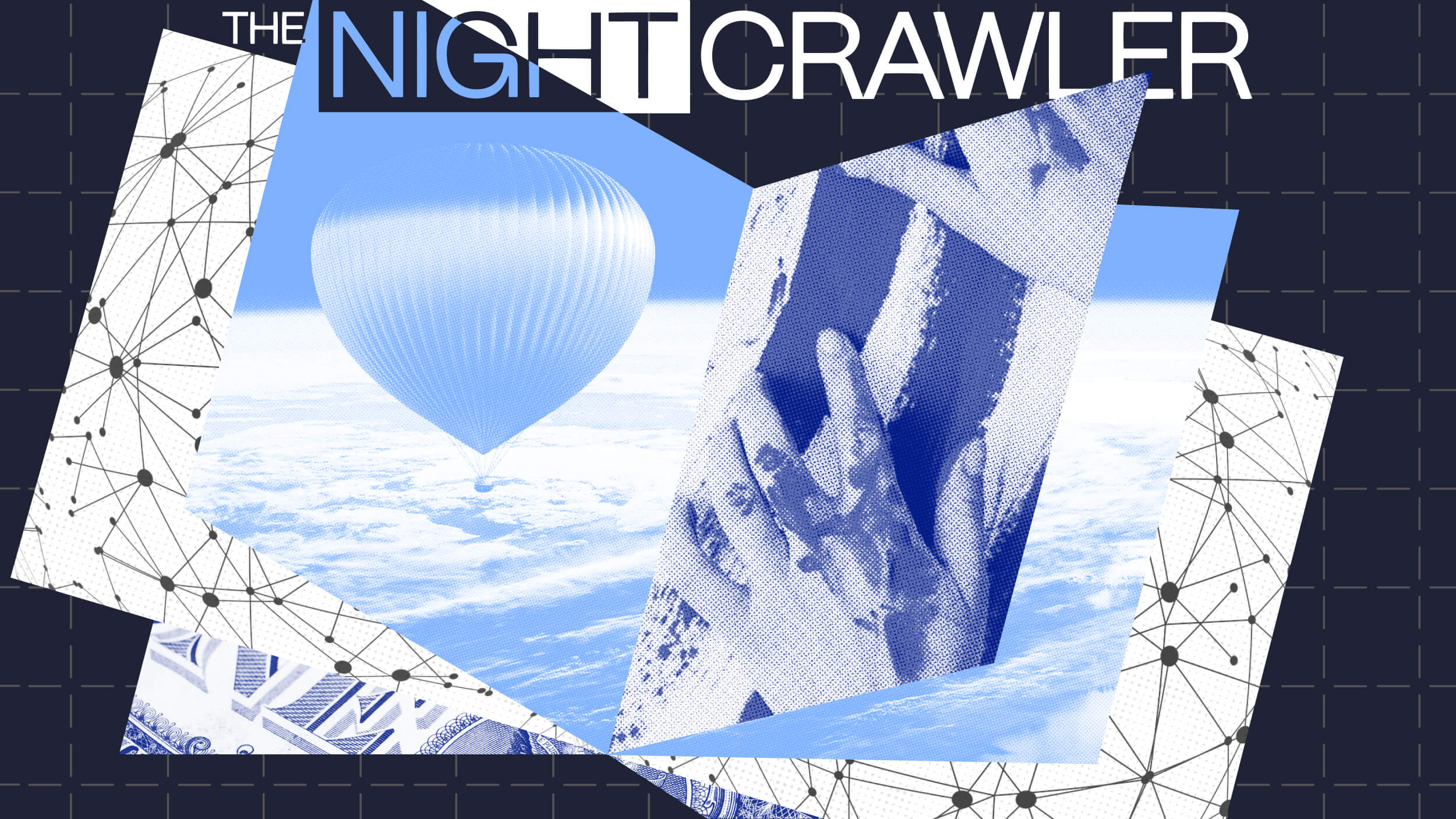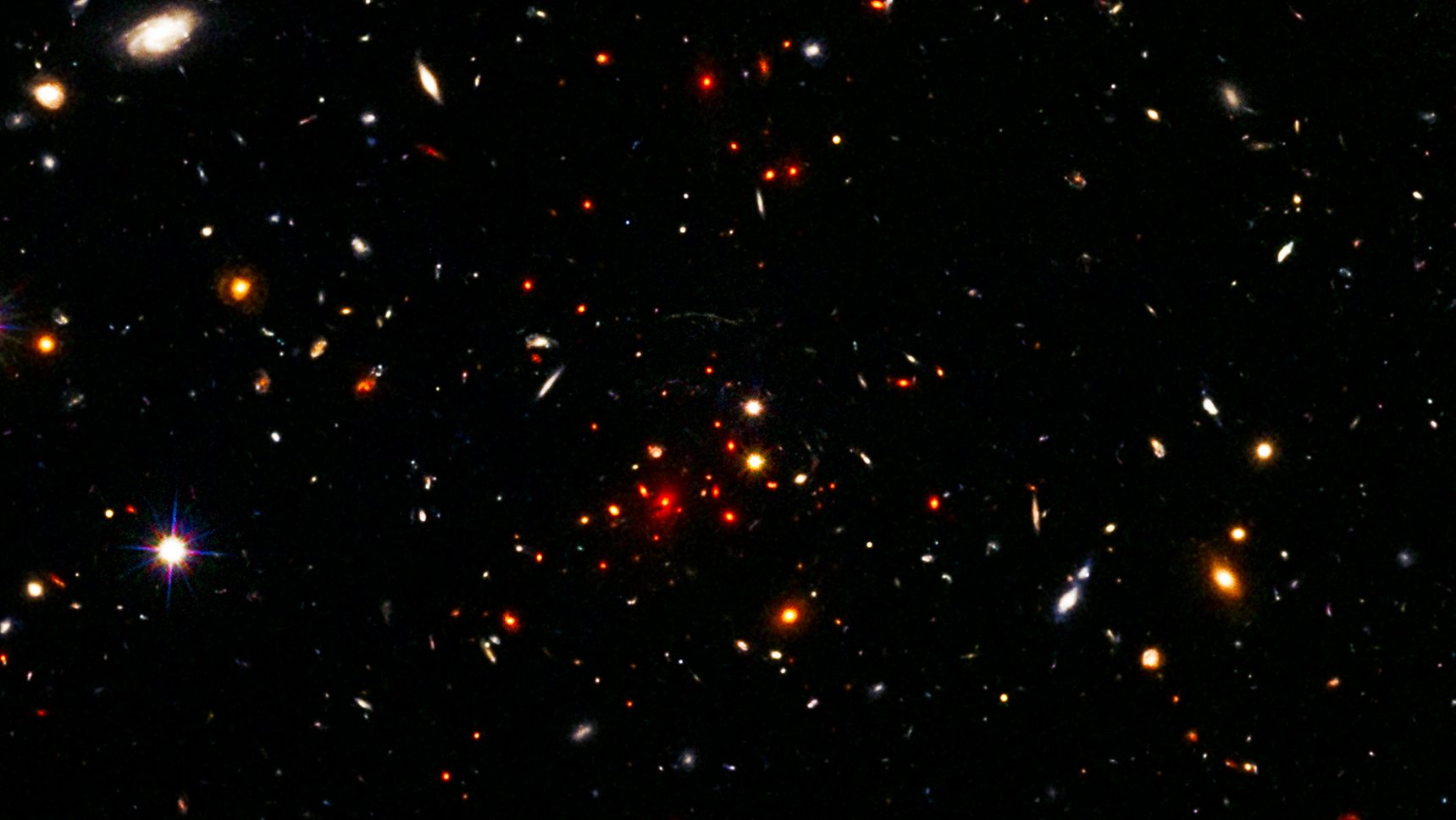Jonah Lehrer: As important as it is to cross disciplines, to transgress boundaries, whether it’s science and art or even boundaries within science, it is very tough to do in practice. It is very tough to interact with someone who speaks a different language, who uses different acronyms, who attacks problems from different perspectives. So I think we have to do everything possible to not only encourage this, to give out more grants that fund it. Funding is, of course, a huge, huge problem for interdisciplinary research. But also I think beginning to make a serious, rigorous case for these kinds of interactions.
I think too often it’s easy to write off interdisciplinary collaborations as kind of feel-good exercises when I think the research and literature make clear that that's often a really, really, if not the most productive way of coming together, way of collaborating. In a sense, we see the most when we are on the outside of a field looking in.
One of my favorite examples of this is the website InnoCentive.com, which, it’s a crowdsourcing website used by various Fortune 100 companies. So Eli Lilly helped develop it, but Pfizer used it, Proctor & Gamble used it, General Electric, Kraft Foods, companies with huge R&D budgets, in the billions of dollars. What they do is they post their hardest scientific problems on this website, the problems their own scientists can't solve, and they attach a reward to it. So if you can solve a problem for GE, a chemistry problem, say, maybe you’ll get a million dollars, maybe it’ll be $50,000, who knows, but that's the incentive part of InnoCentive.
Now, the first surprising thing about InnoCentive.com is that it works. About anywhere between 30 to 50 percent of these problems are solved within six months. Some are solved within days of being posted online. So, I mean, this is kind of surprising, I think, because here are the problems that these huge companies can't solve and yet some stranger sitting on his couch in his pajamas while eating Froot Loops is solving them, making it look easy.
Now, what's most interesting about InnoCentive is how these problems get solved, and this is work by Karim Lakhani at Harvard Business School. He has shown that - let’s say GE posts a chemistry problem online. That problem is almost never solved by another chemist. Instead it’s solved by a molecular biologist, by a biophysicist, by someone who knows enough to understand the terms of the question but doesn't know so much that they run into the exact same stumbling blocks as that chemist back at GE. So this is a real testament to the virtues of outsider thinking and outsider creativity.
And I think we have to realize that this is a real thing that we have to incorporate in the everyday world because I think we come with this tacit assumption that if you're struggling with a really hard problem you’ve got to give it to the guy who knows the most, to those expert insiders. But sometimes, when it comes to creativity innovation, sometimes knowledge is a blind spot. Sometimes we can know too much. Sometimes we have our best thoughts when we’re working with someone in a different field tapping a problem just beyond our area of expertise. So I think that's a very practical case for interdisciplinary collaboration.
Directed / Produced by
Jonathan Fowler & Elizabeth Rodd
Jonah Lehrer is an American author and journalist who writes on the topics of psychology, neuroscience, and the relationship between science and the humanities. He has published three books. Simon Ings[…]
▸
5 min
—
with
Related
Welcome to The Nightcrawler — a weekly newsletter from Eric Markowitz covering tech, innovation, and long-term thinking.
Can creativity really change the world? Creativity Pioneers argue that it can. By using art, culture, and imagination, these innovators are tackling some of the most pressing social issues of […]
▸
7 min
—
with
An in-depth interview with astronomer Kelsey Johnson, whose new book, Into the Unknown, explores what remains unknown about the Universe.
If you’re out on a walk, you will see a different world than your dog, a bee, or an ant. Here are three reasons why that matters.
CERN scientists achieved record-breaking accuracy in mapping the mass of a key particle in the Standard Model.





